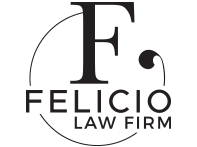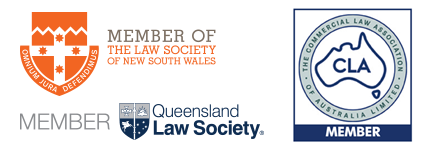
Self-Managed Superannuation Funds (SMSFs) have become an increasingly popular choice for Australians seeking to take control of their retirement savings, offering flexibility and autonomy about which type of investments they want to make, including property, shares, and other assets.
SMSFs also offer other advantages including tax benefits, lower fees and charges, and more estate planning options when it comes to the transference of wealth from one generation to the next.
An important aspect of that last advantage is the making of binding death benefit nominations (BDBN) of beneficiaries, determining a person’s superannuation benefits are distributed upon their death. A BDBN is particularly important in safeguarding assets when estates are disputed by beneficiaries.
Why binding death benefit nominations are important
A BDBN is a legally binding document that directs the trustee of a person’s SMSF on how to distribute the deceased member’s superannuation benefits. A BDBN can specify who the beneficiaries are and the proportion of benefits each beneficiary is entitled to receive. In the absence of such a nomination, the trustee of the SMSF has discretion on how the funds are distributed, often leading to dispute. In the context of a contested estate, BDBNs provide:
- Clarity and certainty about how the deceased member’s superannuation benefits will be distributed, ensuring their final wishes are respected as to who receives distributions from the fund.
- Pre-empting costly and time-consuming legal challenges by specifying the intended beneficiaries and the distribution of assets. When beneficiaries are already defined in the nomination, it becomes more difficult for disgruntled family members to contest the distribution.
- Protection of vulnerable beneficiaries, such as children or dependent family members. A BDBN safeguards these interests by legally obligating the trustee to follow the member’s instructions. This is particularly crucial when there are concerns about vulnerable beneficiaries being left without support.
- Tax efficiency for beneficiaries, with the BDBN allowing them to plan for the most tax-effective distribution and help preserve the wealth for their loved ones.
- Simplicity in estate planning by clearly outlining the distribution of superannuation benefits’, reducing the burden on the executor or trustee and allowing for smoother administration of the rest of the estate.
Things to consider when making a BDBN
In most cases it’s important to specify the BDBN is ‘non-lapsing’, as opposed to lapsing. A lapsing BDBN can expire after three years and, if not updated, means the trustee of the SMSF can choose how and to whom the super benefits are distributed. This is problematic if there is a dispute among beneficiaries with various claims on the fund. For this reason it’s essential to regularly review and update BDBNs to ensure they reflect changing circumstances, such as the birth of new family members or the dissolution of a marriage.
BDBNs must also meet certain legal requirements to be considered valid, which is why consulting experienced estate planning lawyers when making one is highly advisable. Witnesses to a BDBN must be over the age of 18 and not be the designated death benefit nominee. The BDBN is also only valid once received by the trustee. It is also part of Australian superannuation law that only dependants of the deceased – being a de facto partner or spouse of the deceased, a child or anyone in an interdependent relationship with the deceased – is eligible to inherit their superannuation death benefits.
The importance of legal advice
Superannuation can be a complex area, with different rules about how benefits are distributed on the death of the member compared with distributions from their will. By specifying the beneficiaries and distribution of assets through a BDBN, SMSF members can ensure their superannuation benefits go to the beneficiaries they intended.
Seeking the assistance of very experienced estate planners like our team at Felicio Law Firm can help you clarify the issues involved and make a valid BDBN to give you peace of mind about how your important superannuation asset will be dealt with once you die.


